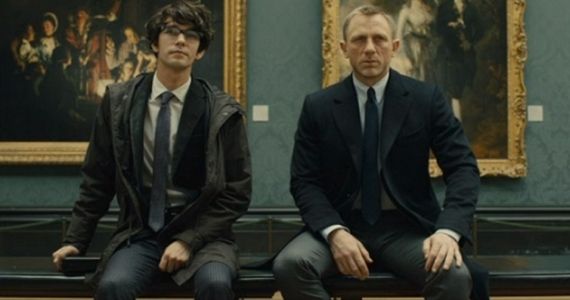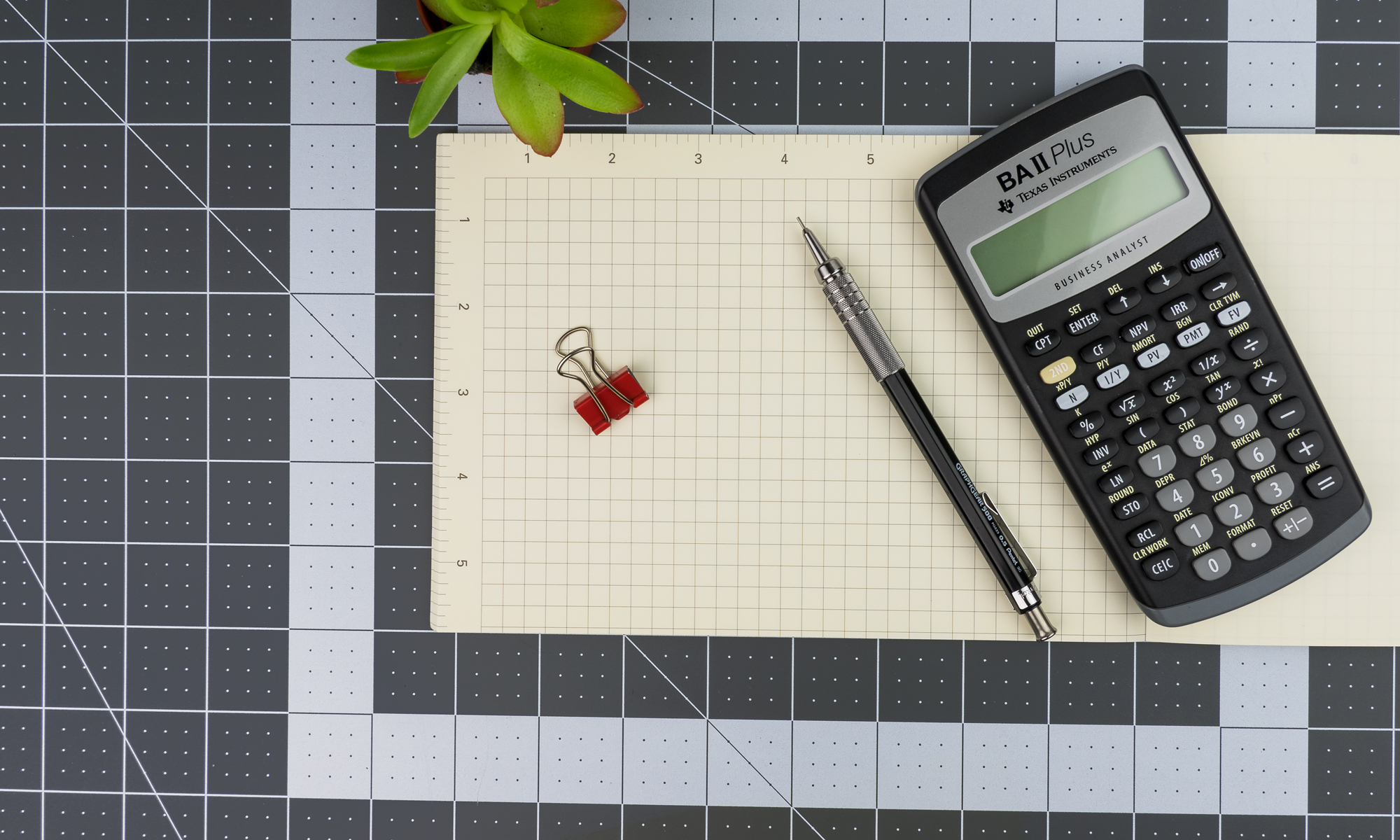
Perhaps 2012 was the year of the aging hero. I couldn’t help but be reminded of the The Dark Knight Rises’ limping Batman while watching James Bond repeatedly fail his physical tests in Sam Mendes’ Skyfall. Although the film was trumpeted as a feminist Bond, an intellectual Bond, an artful Bond, it is, more than anything, an elegiac Bond. During the first three-quarters of Skyfall, it appears as though we are witnessing not just the decline of Daniel Craig’s Bond but the decline of Bond himself—that eternally youthful masculine archetype who uses physical strength and gadgets to fuck and kill his way across the globe. But the film clings to this archetype, yearning for the past even as it looks warily to the future. Elegy and nostalgia have always been interrelated concepts: you can’t long for the past unless you are mourning its passing. It should then come as no surprise that a film questioning the need for Bond should so fetishize the totems of Bond. Watching Bond and M travel through London in an Aston Martin initially thrills the audience, but the viewer is also jarred by the sight of a powerful woman sitting in the passenger seat of this mid-century masculine toy. This relic has no place in the modern world. Mendes hints at this possibility—that the 21st century no longer needs Bond—but after stepping toward this precipice, he immediately stumbles back onto more comfortable ground.
Everyone’s favorite Bond is Sean Connery for the simple fact that he’s the only Bond. Connery represented a model of early sixties masculinity, and subsequent Bonds were all merely replicating or reacting to this platonic ideal. All Bonds have inhabited a hermetically sealed universe. Not only does Bond never age but history never advances. Despite the changing suit cuts, shifting “evil” empires, and advancing technologies, Bond never leaves the sixties. England remains a preeminent power, casinos are frequented not by chain-smoking loners but by the world’s elite, and a beautiful woman is always sexually available and can be disposed of immediately afterward like a used condom. The Bonds of the 70s, 80s—and particularly the 90s and beyond—may appear to exist in the modern world but one eye is always desperately looking back, pretending the clock hasn’t shifted.
Skyfall wears its nostalgia proudly. It unabashedly recreates the cinematic landscape lampooned in the Austin Powers films: the double entendres and one-liners remind the audience that they are in an artificial universe, beautiful women are reduced to objects used for target practice, and Javier Bardem’s Raoul Silva is basically a gay Dr. Evil if one substituted killer iguanas for Mr. Bigglesworth. The nostalgia would only have been complete if Mendes had actually cast Sean Connery in the role of the Scottish gamekeeper, which was clearly written for him. You can’t even say his opening line, “Welcome to Scotland,” without feigning a Connery accent. It’s impossible. I’ve tried.
Connery’s cameo would have fit perfectly in the franchise’s final film. And Mendes initially suggests that Skyfall may mark the end of Bond. Not only does Bond appear to die in the film’s opening sequence but he is then forced to go through an embarrassing set of tests that underscore his physical decline. Next, he is introduced to the new Q—a reedy, presumptuous young man, who—in the words of Bond—still has his spots. When the two markedly different men meet at the National Gallery in front of a J.M.W. Turner’s The Fighting Temeraire, Q describes how the artist uses a nautical scene to highlight the progress of history and the inevitability of change. Bond only sees a ship.
Ben Winshaw’s Q represents a new 21st-century masculine type—the physically slight, almost androgynous man who can do more damage with his computer than some he-man could accomplish in a year with his fists. Q’s presence beside Bond calls into question whether the intelligence community still needs its 007s. And the answer is obviously no. In an age of drone warfare, why would a nation possibly train a crew of men in expensive suits to fly around the world and tussle with random evildoers? It’s likely that this type of spy never actually existed, but this fantasy at least made sense in the sixties. Now it’s just fodder for parody.
One might suspect that Mendes is undercutting his film’s own nostalgia by highlighting the outdated nature of the Bond fantasy. But this is where the film loses its nerve. I’m not sure if Mendes’ intended to make Home Alone 6: Welcome to Scotland, but the end of the film is both ridiculous and disappointing. It forgoes any concern with Bond’s place in a changing world and makes the absurd claim that we need men like him more than ever. Really? Although I realize Mendes is working within the constraints of a lucrative franchise, I can’t understand why he used much of his film to discount Bond only to champion him in the end. This draws attention to the absurdity of the film’s premise and makes it difficult to appreciate the subtlety of Mendes’ melancholy visuals and sharp editing. The ending essentially renders the first three quarters of the film meaningless.
While a battle set at Bond’s childhood home should have wrapped up the series—ending with either Bond’s death or his retirement—this final fight only results in the death of M—Bond’s surrogate mother. Her death doesn’t push Bond to reevaluate his lonely, meaningless existence or reconsider whether his work is even useful (he does, after all, fail to save M, which is ostensibly his sole task in this film). M’s death simply makes room for a male M and a young, sexy Moneypenny—outfitted in a tight skirt and ready to trade lame sexual puns. Bond’s body suddenly works as well as it used to, and we learn that British intelligence community still requires muscled men who lack the ability to use the Internet or speak a foreign language. In short, we have returned to the swinging 60s—with a British bulldog statue placed before us just in case we needed another symbol of traditional masculinity. In a year characterized by the declining political and economic power of white men, it would have been brave for a Bond film to finally admit that the 1960s Bond archetype no longer works. But that 1960s Bond, like the Aston Martin he drives, just keeps making everyone cheer.


Similar to your piece on Batgirl and Batman, Bond is the vulnerable hero. In an uncertain time coming off of an extended recession, it is understandable that the status quo and certainty would appeal to audiences.
We all know that Bond will persevere against all odds. The only suspenseful theme in the whole movie is the question of whether or not Bond will persevere after being beaten down so severely.
This Bond is also the thinking and perceptive Bond. Physically beaten down he has to rely on his intellect. HE tells Q to leave breadcrumbs, HE can tell that Severine is a prisoner. Bond actually has depth.
Irregardless of the movie’s shortcomings and inconsistencies, it’s an entertaining film. I’d like to think this movie is laying the groundwork for
a more technologically savvy Bond, that realizes he is not his own savior.
But most importantly, a Bond character who has some depth like all men should whether they have the stature of Ben Whishaw or Daniel Craig.
Your point is well taken. I agree that Daniel Craig’s Bond has, in general, been a more intelligent Bond figure, especially in Casino Royale. I feel like this film undercut some of his intelligence in its desire to appeal to Bond nostalgists. Casino Royale was much more of a departure for Bond because he was able to show psychological, as well as physical, vulnerability in this earlier film.
I also agree that Skyfall is an entertaining and well made film. I just wish it had been able to fully explore its more troubling themes instead of falling back onto cliches about the world needing Bond figures more than ever. It set up a lot of interesting conceits and then didn’t see them through. I want to see the Bond figure evolve into a more three-dimensional human, but I just didn’t really see this development in the latter parts of Skyfall.